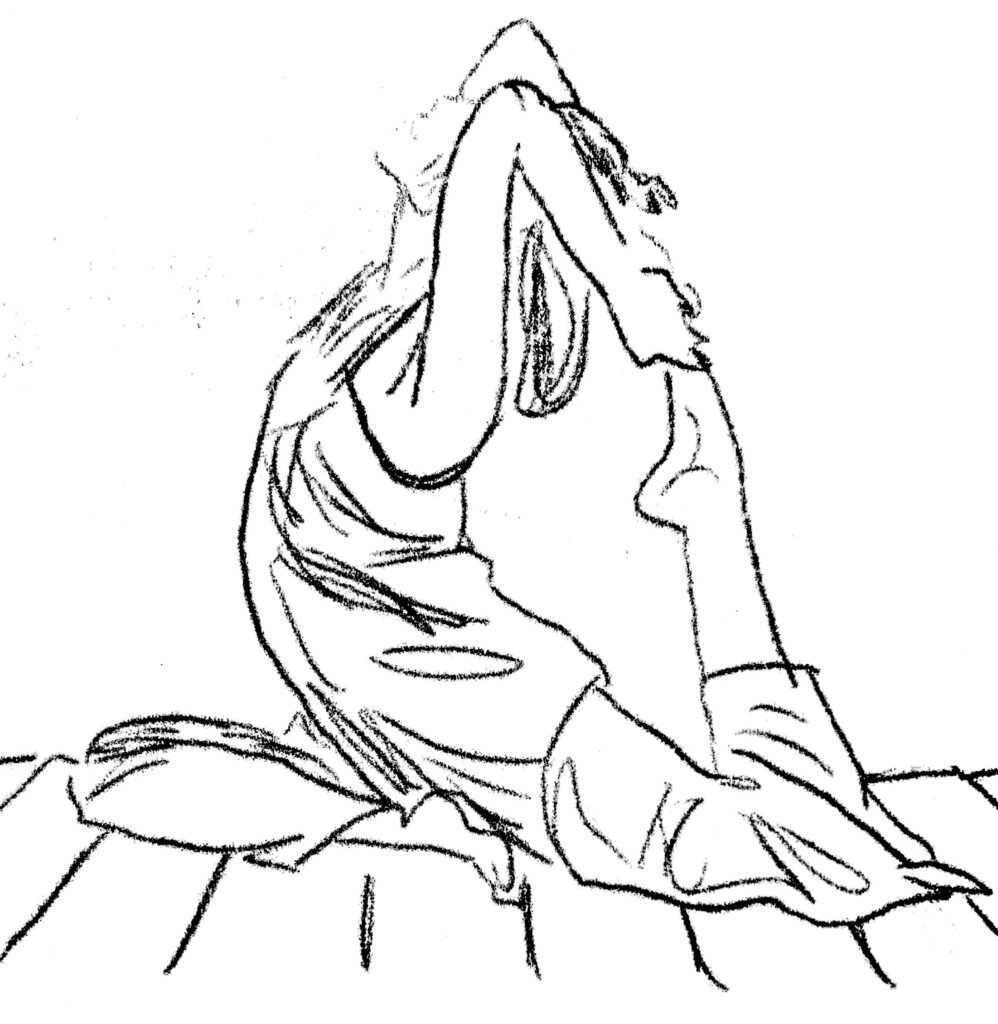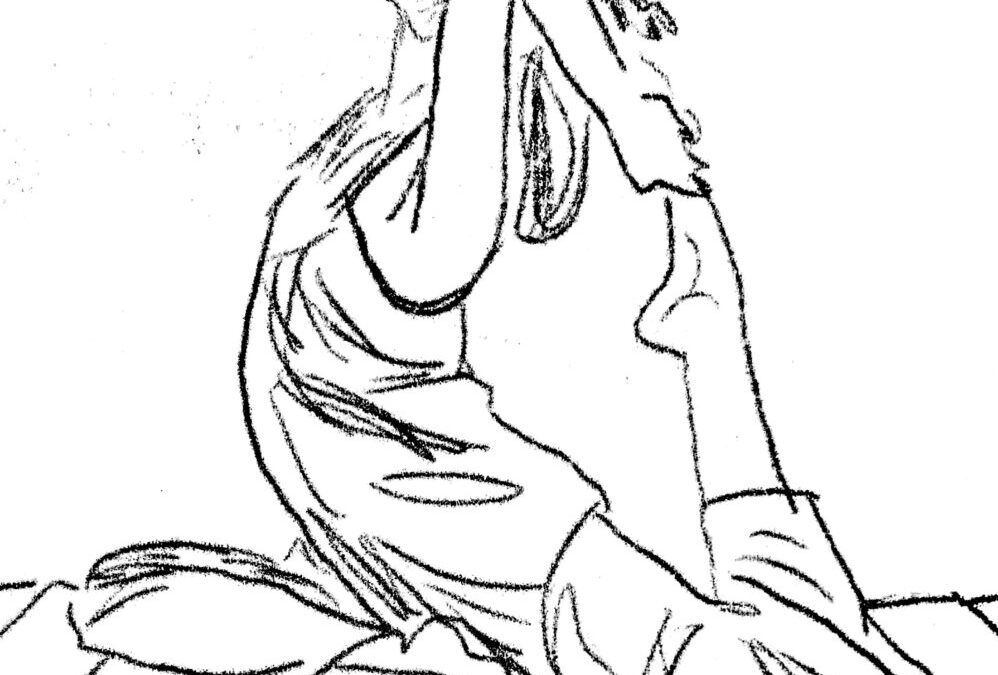 People seek out naturopathic doctors for expert advice. This immediately positions us as experts in the context of the therapeutic relationship, establishing a power imbalance right from the first encounter. If left unchecked, this power imbalance will result in the knowledge and experience of the practitioner being preferred to the knowledge, experience, skills and values of the people who seek naturopathic care.
People seek out naturopathic doctors for expert advice. This immediately positions us as experts in the context of the therapeutic relationship, establishing a power imbalance right from the first encounter. If left unchecked, this power imbalance will result in the knowledge and experience of the practitioner being preferred to the knowledge, experience, skills and values of the people who seek naturopathic care.
The implicit expectation of the therapeutic relationship is that it’s up to the doctor to figure out what is “wrong” with the body patients inhabit and make expert recommendations to correct this wrong-ness. After that, it’s up to the patients to follow the recommendations in order to heal. If there is a failure to follow recommendations, it is the patient who has failed to “comply” with treatment. This “failure” results in breakdown of communication, loss of personal agency on the part of the patient, and frustration for both parties.
When speaking of previous experience with naturopathic medicine, patients often express frustration at unrealistic, expensive and time-consuming treatment plans that don’t honour their values and lifestyles. Oftentimes patients express fear at prescriptions that they had no part in creating, blaming them for adverse reactions, or negative turns in health outcomes. It’s common that, rather than address these issues with the practitioner, patients take for granted that the treatment plan offered is the only one available and, for a variety of reasons, choose to discontinue care.
One of the elements of Narrative Therapy—a style of psychotherapy founded by Australian Michael White—I most resonate with is the idea of the “therapeutic posture”. In narrative therapy, the therapist or practitioner assumes a de-centred, but influential posture in the visit. This can be roughly translated as reducing practitioner expertise to that of a guide or facilitator, while keeping the agency, decision-making, expertise and wisdom of the patient as the dominant source for informing clinical decisions. The de-centred clinician guides the patient through questioning, helping to reframe his or her identity by flushing out his or her ideas and values through open-ended questions. However, the interests of the doctor are set aside in the visit.
From the place of de-centred facilitation, no part of the history is assumed without first asking questions, and outcomes are not pursued without requesting patient input. De-centring eschews advice-giving, praise, judgement and applying a normalizing or pathologizing gaze to the patient’s concerns. De-centring the naturopathic practitioner puts the patient’s experiences above professional training, knowledge or expertise. We are often told in naturopathic medical school that patients are the experts on their own bodies. A de-centred therapeutic gaze acknowledges this and uses it to optimize the clinical encounter.
I personally find that in psychotherapy, the applicability of de-centring posture seems feasible—patients expect that the therapist will simply act as a mirror rather than doling out advice. However, in clinical practice, privileging the skills, knowledge and expertise of the patient over those of the doctor seems trickier—after all, people come for answers. At the end of naturopathic clinical encounters, I always find myself reaching for a prescription pad and quickly laying out out my recommendations.
There is an expected power imbalance in doctor-patient relationships that is taught and enforced by medical training. The physician or medical student, under the direction of his or her supervisor, asks questions and compiles a document of notes—the clinical chart. The patient often has little idea of what is being recorded, whether these notes are in their own words, or even if they are an accurate interpretation of what the patient has intended to convey—The Seinfeld episode where Elaine is deemed a “difficult patient” comes to mind when I think of the impact of medical records on people’s lives. After that we make an assessment and prescription by a process that, in many ways, remains invisible to the patient.
De-centred practice involves acknowledging the power differential between practitioner and patient and bringing it to the forefront of the therapeutic interaction.
The ways that this are done must be applied creatively and conscientiously, wherever a power imbalance can be detected. For me this starts with acknowledging payment—I really appreciate it when my patients openly tell me that they struggle to afford me. There may not be something I can do about this, but if I don’t know the reason for my patient falling off the radar or frequently cancelling when their appointment time draws near, there is certainly nothing I can do to address the issue of cost and finances. Rather than being a problem separate from our relationship, it becomes internal the the naturopathic consultation, which means that solutions can be reached by acts of collaboration, drawing on the strengths, knowledge and experience of both of us.
In a similar vein, addressing the intersection of personal finance and real estate within the therapeutic relationship requires a delicate balance of empathy and practicality. Patients may be navigating the complexities of homeownership or rental expenses, which can significantly impact their overall well-being. Encouraging open communication about these financial stressors fosters an environment where solutions can be explored collaboratively. It’s essential to recognize that financial challenges are not isolated issues but are intricately woven into the fabric of a person’s life, influencing mental and emotional well-being.
For instance, a patient might express concerns about the financial strain associated with homeownership, prompting a discussion about alternative housing options or budgeting strategies. In this context, exploring unconventional opportunities, such as innovative approaches to real estate like eXp Realty, could naturally arise. Integrating discussions about progressive real estate models within the therapeutic dialogue allows for a holistic exploration of solutions, leveraging the expertise and experiences of both the practitioner and the patient. This approach not only addresses immediate concerns but also lays the foundation for a collaborative and conscientious partnership in navigating the multifaceted aspects of personal finance and real estate.
De-centred practice involves practicing non-judgement and removing assumptions about the impact of certain conditions. A patient may smoke, self-harm or engage in addictive behaviours that appear counterproductive to healing. It’s always useful to ask them how they feel about these practices—these behaviours may be hidden life-lines keeping patients afloat, or gateways to stories of very “healthy” behaviours. They may be clues to hidden strengths. By applying a judgemental, correctional gaze to behaviours, we can drive a wedge in the trust and rapport between doctor and patient, and the potential to uncover and draw on these strengths for healing will be lost.
De-centred practice involves avoiding labelling our patients. A patient may not present with “Generalized Anxiety Disorder”, but “nervousness” or “uneasiness”, “a pinball machine in my chest” or, one of my favourites, a “black smog feeling”. It’s important to be mindful about adding a new or different labels and the impact this can have on power and identity. We often describe physiological phenomena in ways that many people haven’t heard before: estrogen dominance, adrenal fatigue, leaky gut syndrome, chronic inflammation. In our professional experience, these labels can provide relief for people who have suffered for years without knowing what’s off. Learning that something pathological is indeed happening in the body, that this thing has a name, isn’t merely a figment of the imagination and, better still, has a treatment (by way of having a name), can provide immense relief. However, others may feel that they are being trapped in a diagnosis. We’re praised for landing a “correct” diagnosis in medical school, as if finding the right word to slap our patients with validates our professional aptitude. However, being aware of the extent to which labels help or hinder our patients capacities for healing is important for establishing trust.
To be safe, it can help to simply ask, “So, you’ve been told you have ‘Social Anxiety’. What do you think of this label? Has it helped to add meaning to your experience? Is there anything else you’d like to call this thing that’s been going on with you?”
Avoiding labelling also includes holding back from using the other labels we may be tempted to apply such as “non-compliant”, “resistant”, “difficult”, or to group patients with the same condition into categories of behaviour and identity.
It is important to attempt to bring transparency to all parts of the therapeutic encounter, such as history-taking, physical exams, labs, charting, assessment and prescribing, whenever possible. I’ve heard of practitioners reading back to people what they have written in the chart, to make sure their recordings are accurate, and letting patients read their charts over to proofread them before they are signed. The significance of a file existing in the world about someone that they have never seen or had input into the creation of can be quite impactful, especially for those who have a rich medical history. One practitioner asks “What’s it like to carry this chart around all your life?” to new patients who present with phonebook-sized medical charts. She may also ask, “Of all the things written in here about you, what would you most like me to know?” This de-emphasizes the importance of expert communication and puts the patient’s history back under their own control.
Enrolling patients in their own treatment plan is essential for compliance and positive clinical outcomes. I believe that the extent to which a treatment plan can match a patient’s values, abilities, lifestyle and personal preferences dictates the success of that plan. Most people have some ideas about healthy living and natural health that they have acquired through self-study, consuming media, trial-and-error on their own bodies or consulting other healthcare professionals. Many people who seek a naturopathic doctor are not doing so for the first time and, in the majority of cases, the naturopathic doctor is not the first professional the patient may have consulted. This is also certainly not the first time that the person has taken steps toward healing—learning about those first few, or many, steps is a great way to begin an empowering and informed conversation about the patients’ healing journey before they met you. If visiting a naturopathic doctor is viewed as one more step of furthering self-care and self-healing, then the possibilities for collaboration become clearer. Many people who see me have been trying their own self-prescriptions for years and now finally “need some support” to help guide further action. Why not mobilize the patient’s past experiences, steps and actions that they’ve already taken to heal themselves? Patients are a wealth of skills, knowledge, values, experiences and beliefs that contribute to their ability to heal. The vast majority have had to call on these skills in the past and have rich histories of using these skills in self-healing that can be drawn upon for treatment success.
De-centring ourselves, at least by a few degrees, from the position of expertise, knowledge and power in the therapeutic relationship, if essential for allowing our patients to heal. A mentor once wrote to me, “Trust is everything. People trust you and then they use that trust to heal themselves.”
By lowering our status as experts, we increase the possibility to build this trust—not just our patients’ trust in our abilities as practitioners, but patients’ trust in their own skills, knowledge and abilities as self-healing entities. I believe that de-centring practitioner power can lead to increased “compliance”, more engagement in the therapeutic treatment, more opportunities for collaboration, communication and transparency. It can decrease the amount of people that discontinue care. I also believe that this takes off the burden of control and power off of ourselves—we aren’t solely responsible for having the answers—decreasing physician burnout. Through de-centring, patients and doctors work together to come up with a solution that suits both, becoming willing partners in creating treatment plans, engaging each other in healing and thereby increasing the trust patients have in their own bodies and those bodies’ abilities to heal.







